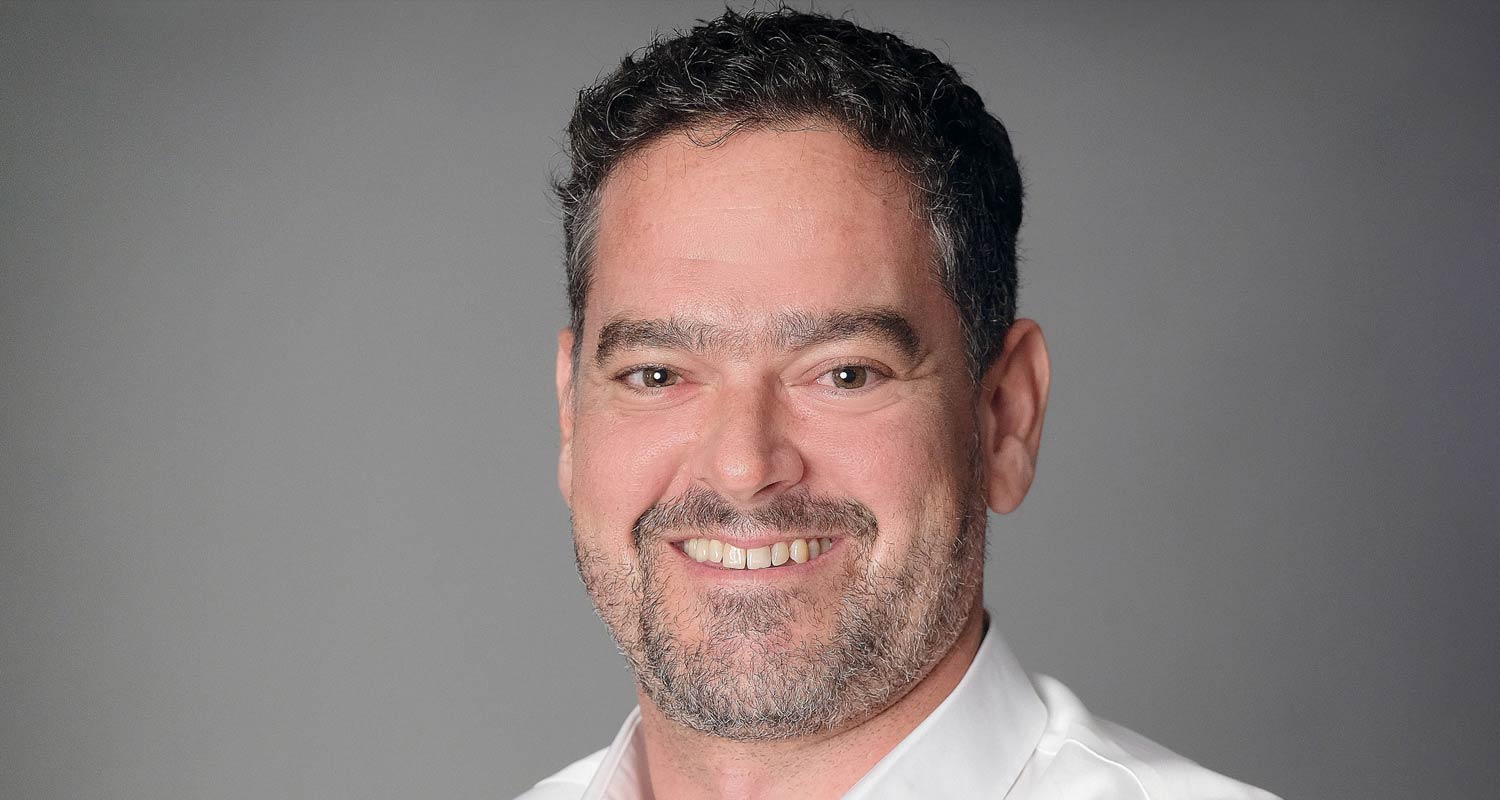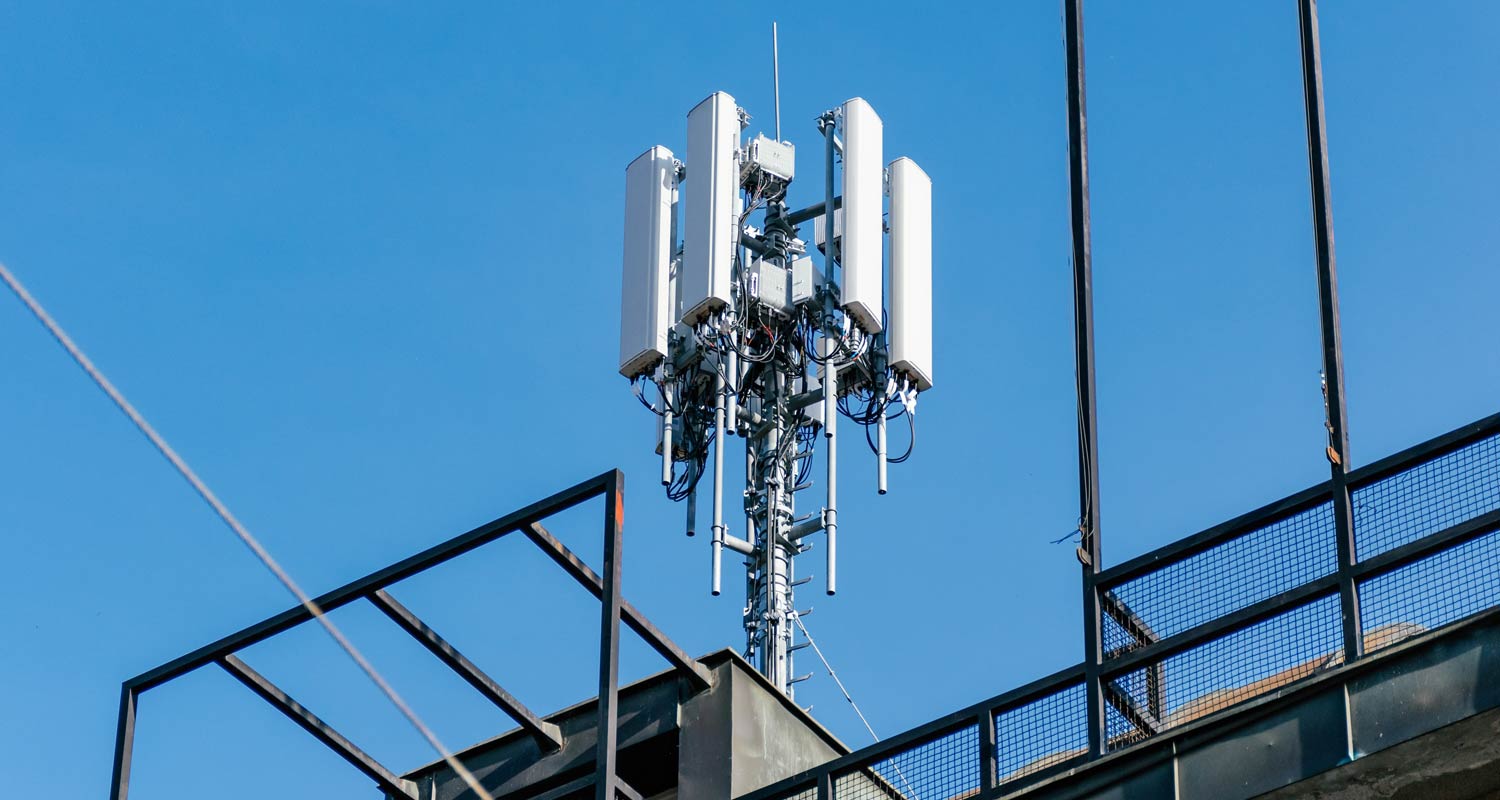
Cell C chief technology officer Schalk Visser has said the continued importation of legacy 2G devices to be sold into the local market is a hindrance in the way of shutting down legacy networks in South Africa.
Speaking to journalists in Johannesburg on Tuesday, Visser said Cell C is preparing its technology stack to facilitate the migration to 4G, but that mobile operators, communications regulator Icasa and cellphone retailers still have much work to do to get the right kind of devices in the hands of consumers.
“We still get 2G-only devices coming into the country. This is the biggest hindrance to getting migration to 4G done – and this is the same for everybody in the industry. This speaks to the regulator and the role they must play to make the sunsetting of legacy technologies successful,” said Visser. And it’s not as if cost is an issue anymore: 4G feature phones are available in South Africa for as little as R199.
Cell C’s termination of legacy 2G and 3G technologies will also depend on the readiness of its roaming partners, MTN and Vodacom, which Cell C relies on to provide services.
Visser said his priority in the past year has been the improvement of Cell C’s multi-operator core network (Mocn) roaming system. Mocn roaming allows Cell C to create a virtual representation of its network on top of either MTN or Vodacom’s infrastructure, giving users an experience akin to using Cell C’s “native” network.
The virtual layer on the MTN side is completed, and Visser is aiming to complete the equivalent on Vodacom by March.
“It’s about making sure we work closely with our infrastructure partners and align with them for the migration to succeed. We must also put the right devices in the hands of our customers through the other partners that we have, like Pepkor,” said Visser. Pepkor’s PEP Stores are a popular retail venue for consumers seeking low-cost handsets.
VoLTE
But 4G-capable devices in the hands of consumers are only part of the solution. According to Icasa’s March 2023 State of the ICT Sector report, South Africa has more than 11.5 million machine-to-machine connections that either use 2G or 3G connections. Some of this equipment is in difficult-to-reach places or embedded in cars and other devices, meaning that upgrading or replacing the hardware is challenging – if not impossible.
Read: Why South Africa may be stuck with 2G for longer
Critical to Cell C’s migration from legacy 2G/3G technologies is the addition of voice-over-LTE (VoLTE) technology to the Cell C ecosystem, a project Visser is looking to get done by mid-2025. VoLTE allows mobile operators to use 4G to carry voice calls, which are traditionally carried over 2G and 3G networks, offering better call quality and user experience.
Cell C CEO Jorge Mendes admitted that Cell C is rather “late to the party” on VoLTE adoption. Competitors Vodacom, MTN and Telkom already offer it on their networks.
 Cell C is also behind in offering 5G. But Mendes said the technology has proved to be difficult to monetise on mobile. “But we do see an opportunity in fixed-wireless access,” said Mendes.
Cell C is also behind in offering 5G. But Mendes said the technology has proved to be difficult to monetise on mobile. “But we do see an opportunity in fixed-wireless access,” said Mendes.
The benefits of 4G and 5G over 2G and 3G extend beyond the user experience.
For the operators, having a more uniform network topology will lead to more efficient network management. Newer technologies also tend to use power more efficiently than their legacy counterparts and, according to a report by the GSMA, energy costs form the bulk of network management costs. – © 2024 NewsCentral Media
Get breaking news from TechCentral on WhatsApp. Sign up here




